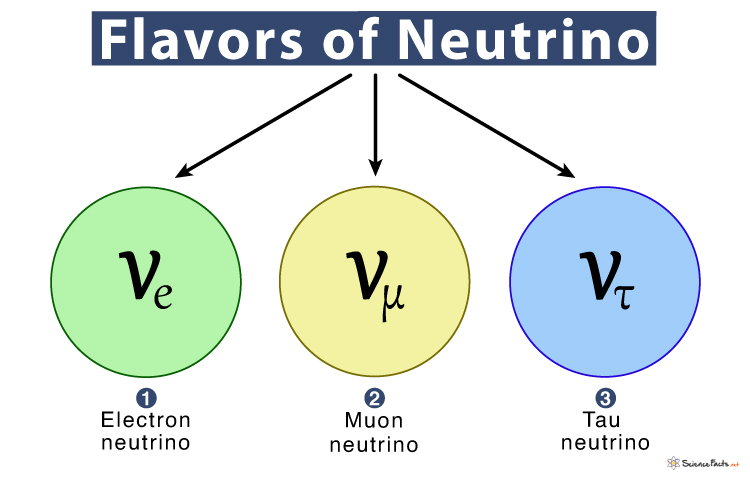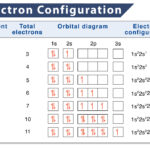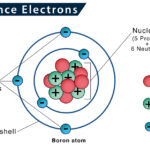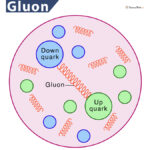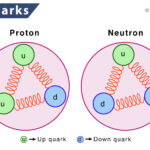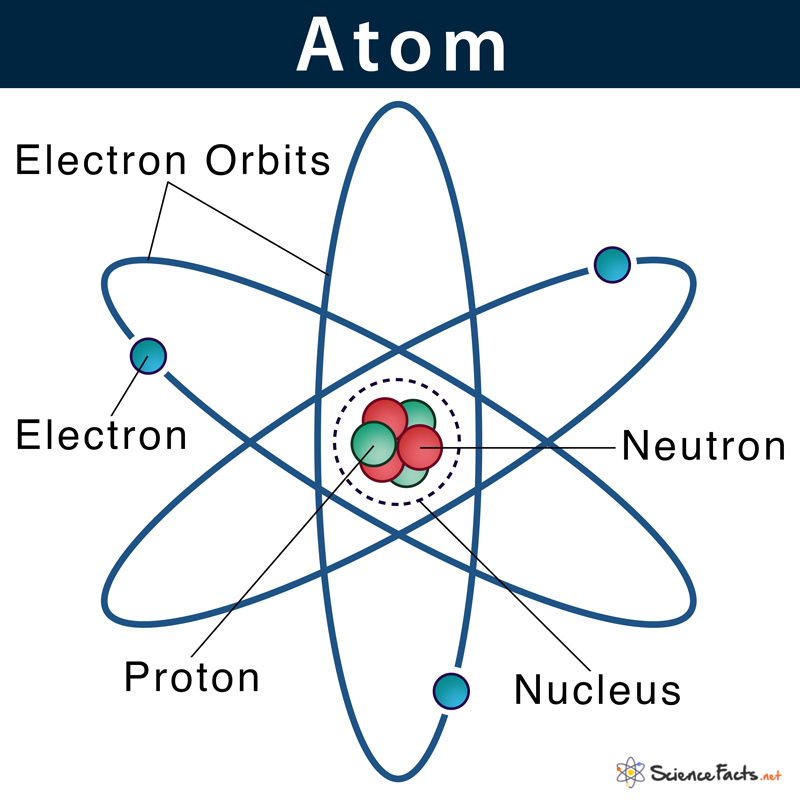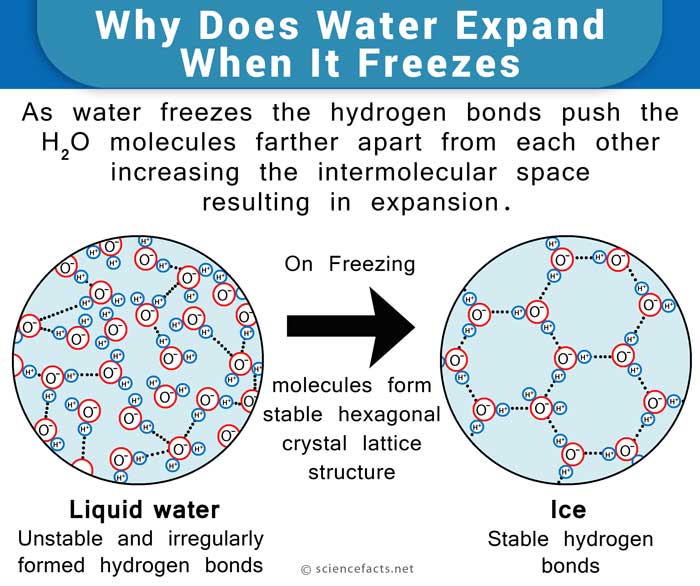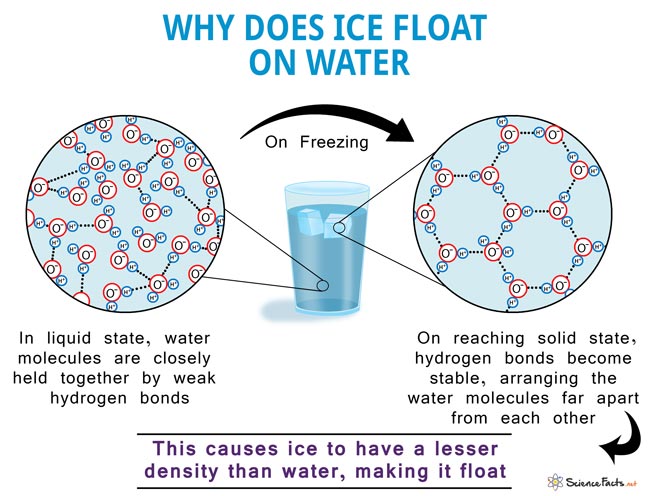Neutrino
A neutrino is a subatomic particle like an electron but has insignificant mass and no electrical charge. These are the lightest of all the subatomic particles that have mass. However, it is one of the most abundant particles found in nature.
Sun emits vast neutrinos that pass through layers of the earth with little or no interaction. The solar neutrino flux produces about 5 x 106 neutrinos/cm2s. Neutrinos belong to the family of leptons that are not subject to the strong force. They are denoted by the symbol ‘n’.
Neutrinos play fundamental aspects of our lives produced in nuclear fusion processes that power the sun and stars. They are also released from radioactive decay.
Where Do They Come From
Most neutrinos were formed around 15 billion years ago, after the universe’s birth. Earth’s continuous heating and cooling have contributed to its formation ever since.
In 1930, Austrian physicist Wolfgang Pauli first postulated the existence of the neutrino. He explained the apparent energy loss in the process of radioactive beta decay. Later in 1934, Enrico Fermi further elaborated the theory of beta decay and coined the term ‘neutrino’ from the Italian word ‘neutrone’, meaning ‘little neutral one.’
Some other natural sources of neutrinos are explosions of supernovas, deaths of stars, and collisions of celestial bodies. In contrast, nuclear power stations, particle accelerators, and the explosion of nuclear bombs are some artificial sources.
Properties
- They travel at the speed of light.
- Have no charge and almost negligible mass. Could penetrate vast thicknesses of material without interaction
- It has a half-integer (1/2) spin, so it is a fermion.
- It is an electronically neutral lepton, which interacts only through weak interactions.
- For each neutrino, a corresponding antiparticle, called an antineutrino, has no electric charge and half-integer spin.
- They exhibit a unique characteristic called Majorana mass. As neutrinos and antineutrinos are neutral particles, they may be the same particle. Such particles are known as Majorana particles, named after the Italian physicist Ettore Majorana.
Types of Neutrino
There are three types or flavors of neutrino, each relating to a charged particle.
- Electron neutrino (ne)
- Muon neutrino (nμ)
- Tau neutrino (nτ)
According to the Standard Model of particle physics, these are named after their partner leptons. For example, in electron neutrino, the electron is the partner, while in muon neutrino, muon is the partner lepton.
Neutrino Detection
Frederick Reines and Clyde Cowan made the first experimental observation of the neutrino interacting with matter in 1956. Their neutrino source was a nuclear reactor.
Each neutrino flavor is a fundamental particle that cannot be broken down into smaller particles. However, when it interacts, its particles show up. This phenomenon helps scientists identify the flavor neutrino the particle was before it interacted.
The flavors of neutrino change as its travels. A particle might start as an electron neutrino. However, as it moves, it morphs into a muon neutrino or a tau neutrino, changing flavors. This spontaneous phenomenon of changing from one flavor to another is known as flavor oscillations. Thus, they were previously known as ‘ghost particles.’
A Common Method of Detecting Neutrino
First, fill a big tank with water. We know light slows down as it moves through the water. If a high-energy neutrino knocks into an electron, the electron will zip through the water faster than light. When this occurs, the electron gives off a sonic boom for light, allowing neutrino detection.
Neutrino vs Neutron
Both neutrino and neutron are similar in having no net charge. However, they have some differences:
| Basis | Neutrino | Neutron |
|---|---|---|
| 1. Fundamental Particle? | It is a fundamental particle that is not made of any other particleDifficult to detect | Not a fundamental particle made of quarksAlong with protons, they make up the nuclei of all the atoms |
| 2. Mass | Extremely negligible mass (10-37 kg) | 1.7×10-27 kg |
| Interactions | Uncharged | Do not interact with matter as much as protons |
-
References
Article was last reviewed on Friday, October 7, 2022

